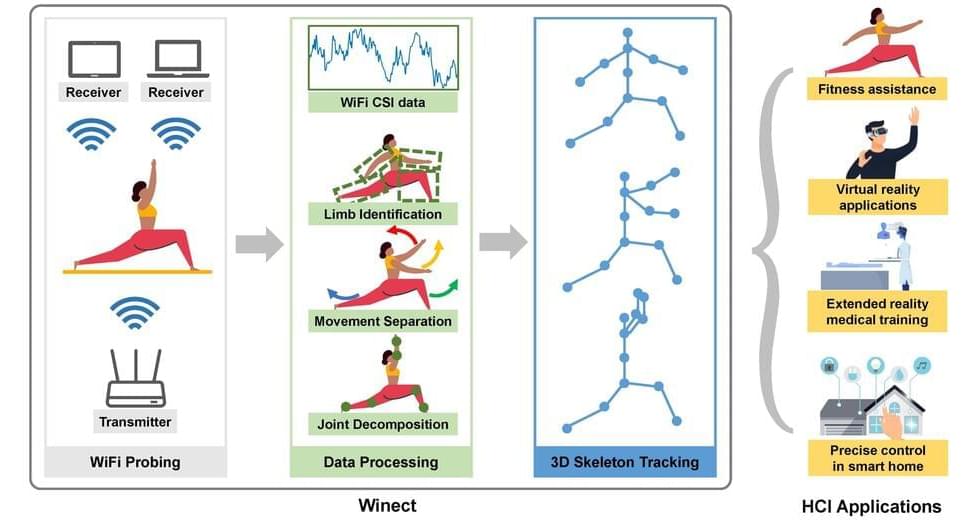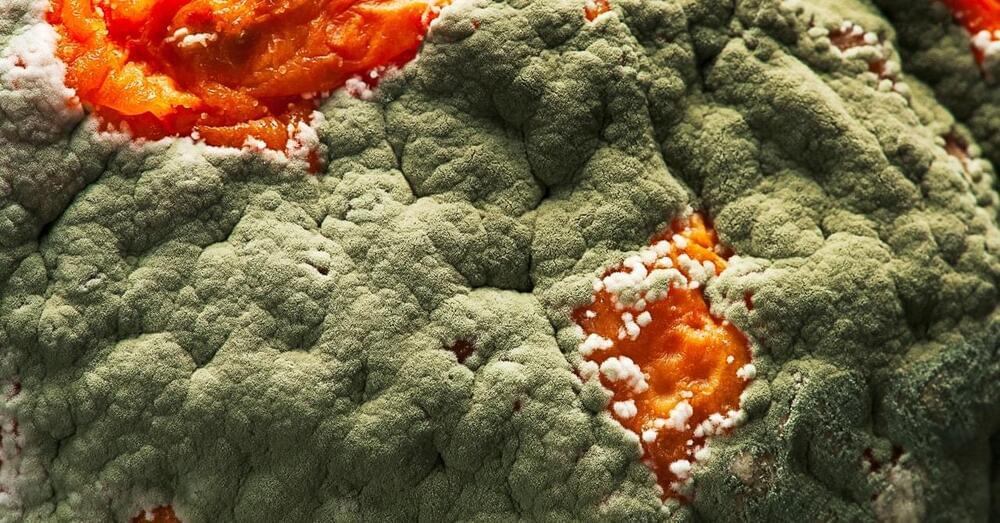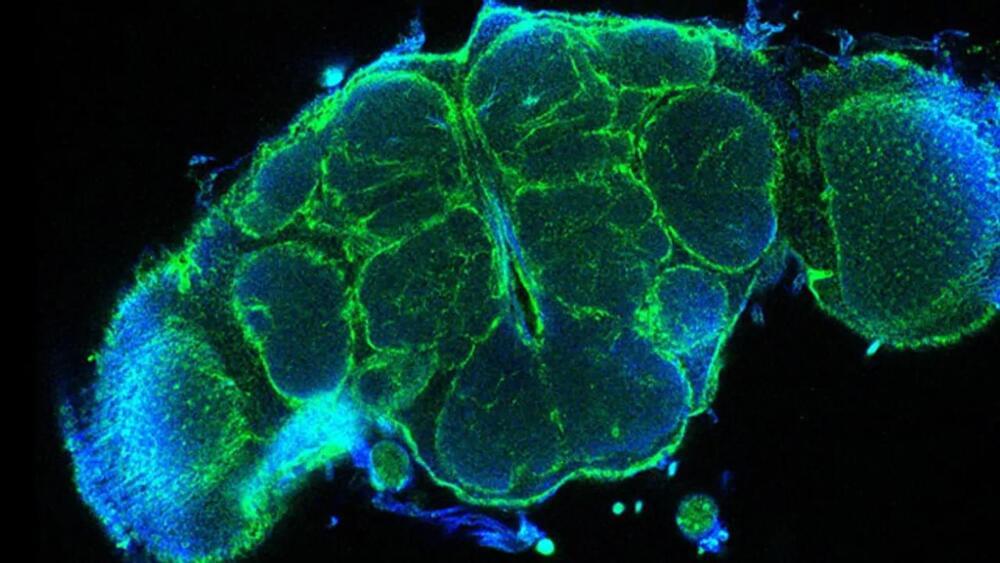You’ve heard the phase “we are all made of star-stuff,” attributed to the late astronomer Carl Sagan, but that grand statement can be broken-down into every constituent part of the human body–such as your teeth and bones.
Astronomers using the European Southern Observatory (ESO)‘s mighty Atacama Large Millimeter/submillimeter Array (ALMA) in Chile have detected fluorine in a distant star-forming galaxy 12 billion light-years away.
It’s the first time fluorine has been observed in a star-forming galaxy so early in the history of the Universe.
“We all know about fluorine because the toothpaste we use every day contains it in the form of fluoride,” said Maximilien Franco from the University of Hertfordshire in the UK, who led the new study, published today in Nature Astronomy.
Full Story:







